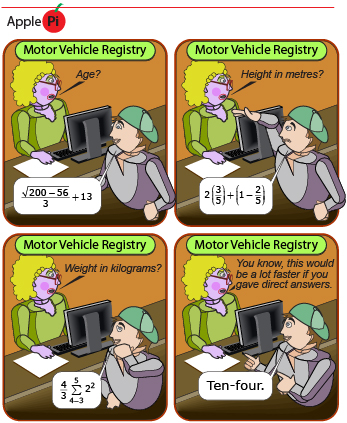Lesson 1
1. Lesson 1
1.14. Lesson 1 Summary
Module 6: Rational Expressions
Lesson 1 Summary

You investigated the following questions:
- How is the process of simplifying rational expressions similar to the process of simplifying rational numbers?
- Why is simplification desired in mathematics?
You discovered that simplifying rational expressions is similar to simplifying rational numbers. In both cases, you must find factors common to both the numerator and the denominator. It is appropriate to eliminate these common factors according to the property of 1.
The property of 1 states that the multiplication of any number by 1 is equal to itself. Therefore, eliminating factors common to both the numerator and the denominator results in an equivalent, but simplified, expression.
You discovered a significant difference between simplifying rational numbers and simplifying rational expressions. In the case of rational expressions, you must consider non-permissible values. Any value(s) of the variable that would result in a denominator equal to zero is considered non-permissible.
The process of simplifying is an essential skill that should be part of any math student’s repertoire. Simplifying expressions allows you to simplify calculations, especially those that involve multiple steps. Reducing the size of the numbers and the amount of variables that you must carry from step to step makes subsequent calculations easier and reduces the risk of errors. In the next two lessons you will confirm this claim as you multiply, divide, add, and subtract rational expressions.